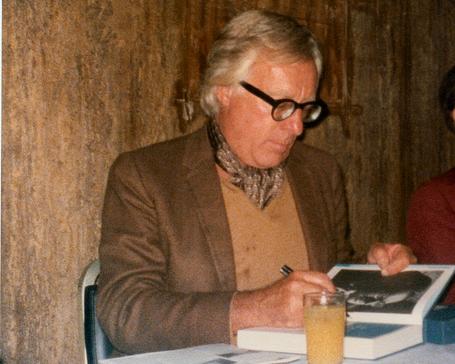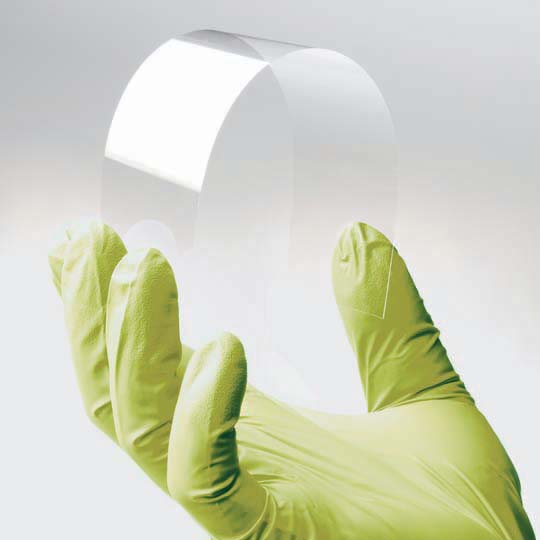
From one year to the next, we see many of the same characters make an appearance at the same trade shows — this week, it’s Taipei’s Computex, and today, we’re back to visit ICE Computer. What last year was known as “Trinity” and hadn’t progressed beyond the mock-up stage has returned for 2012 as xPC — a working prototype of the company’s modular computer concept. Internet Communication Entertainment, abbreviated as ICE, envisions xPC being the only computer you’ll need. The device itself is barely larger than a smartphone, and would contain either an Intel, AMD or Tegra chipset, 2 gigs of RAM, 802.11 b/g/n WiFi, a 1.3- or 2-megapixel webcam and a 32 or 64GB SSD — all in a package that weighs in at approximately 50 grams. The sample we saw today was so light that we first mistook it for a plastic shell, yet it powered a typical desktop setup, complete with a monitor (HDTV), keyboard and mouse.
The current prototype doesn’t include a cooling infrastructure, so it was limited to a low-power 1.5GHz Intel Atom CPU for the time being. All of the company’s various enclosures will feature built-in fans, however, opening the concept up to a variety of configurations. The xPC doesn’t function on its own — instead, you dock it within a variety of accessories, such as the xDock, which would sit permanently on a desk or in a home theater cabinet and includes HDMI input and output, speakers, a pair of USB 2.0 ports, one USB 3.0 port, Ethernet, SATA and several other connectors. The xTop is the portable variant, offering many of the same connectivity options, but on a smaller scale. Finally, there’s the xPad, which brings 9.7- or 10.1-inch touchscreen control to the xPC in a tablet form-factor, yet still includes a bevy of connectivity, along with a webcam and battery.
There’s also an xPhone (think PadFone) concept, that packs all of the xPC’s functionality into a device that doubles as a smartphone — the California-based company didn’t have any mock-ups to speak of there, however. ICE expects to ship the xPC and xDock by the end of this year, with the computer module itself ranging in price from $100 to $250 depending on how you opt to configure it. The xPad could ship late this year or sometime in early 2013, with pricing to be announced. For now, the xPhone remains a concept, without any functional prototypes or even a mock-up to speak of. ICE representatives suggested that the company may partner with a smartphone manufacturer to develop that last component, so we have no idea if or when that may come to market. All in all, it’s a solid (and, thanks to PadFone, proven) concept — you can get a closer look in our hands-on after the break.





from Engadget













